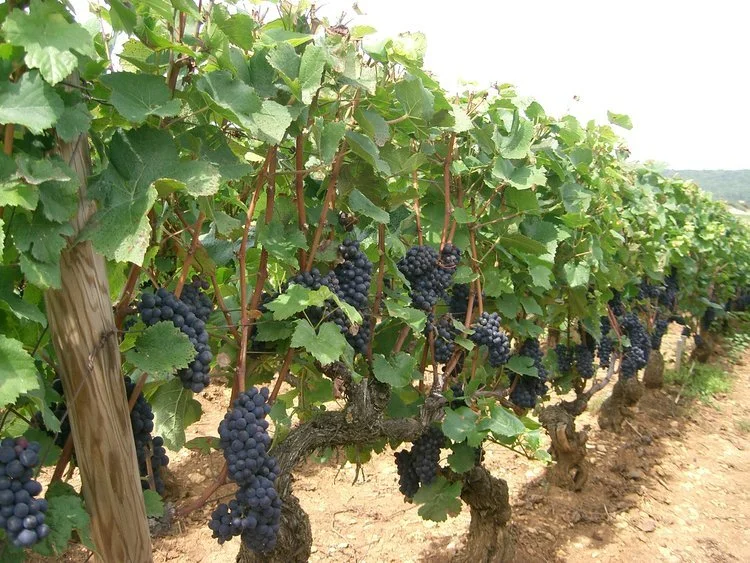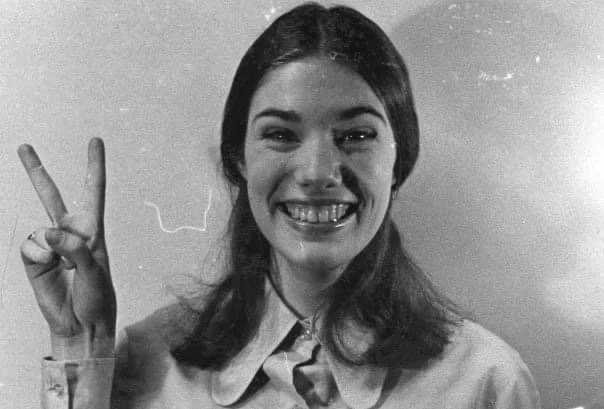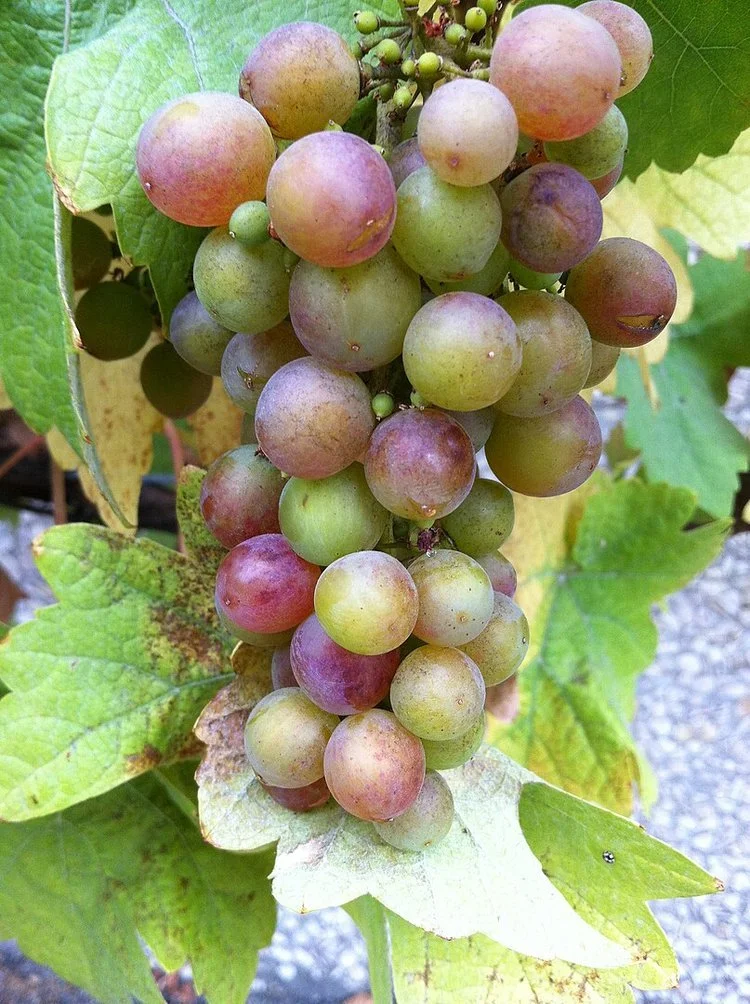The Challenge of the "Heartbreak Grape" - July 28, 2023
Photo Credit By PRA - Own work, CC BY-SA 3.0,
It is with some hesitancy that I am committing to making a Pinot Noir this year. Pinot is considered the “heart break grape” and from the vineyard to the winemaker can cause grief and frustration. André Tchelistcheff, America's most influential post-Prohibition winemaker, declared that "God made Cabernet Sauvignon whereas the devil made Pinot Noir." I could lose on this one but then again, I love a challenge as much as I love to make wine!
In the vineyard, the Pinot Noir vine has small leaves. The grape has thin skins, and it grows in tight bunches; all of which can lead to problems. The tight clusters can cause rot and fungus, the combination of thin skins and small leaves can allow sunburn which can reduce the beautiful berry and cherry characteristics of the wine, and the volume of the crop all together. This is the grape that mutated into the Gray Lady, Pinot Gris.
Although there are a lot of cautionary tales regarding the winemaker’s difficulties with making Pinot Noir, I cannot find anything documented to prepare me for the journey. The fruit is delicate, but I ferment in small batches and at low temperatures with different yeasts for different wine types. The skins being thin means that abstracting color may be problematic, but a cold soak and enzymes should help, with often gentle punch down. Since aging is also a noted challenge for the winemaker, I would prefer to age on a new barrel for about 4 - 6 months before rotating off to a neutral barrel.
America's Best Pinot Noirs are from Willamette Valley in Oregon, or in California’s Anderson Valley, Sonoma Coast, Russian River Valley, Santa Lucia Highlands, and Santa Rita Hills. When I asked Frank Musto about the Russian River Valley Pinot he said, “At this point everything looks fine, smaller crop, estimated ripening a week or so later than last year.”
The cost of the Pinot Noir grapes from Russian River Valley are significantly higher than my other grape choices and since there is a smaller crop the cost will be higher yet. I have, however, made a conscious commitment to take the risk. As Pablo Picasso said, “I am always doing that which I cannot do, in order that I may learn how to do it.” I’ll be writing a lot about this experience, I’m sure!
Stay Cool!
Sharon




